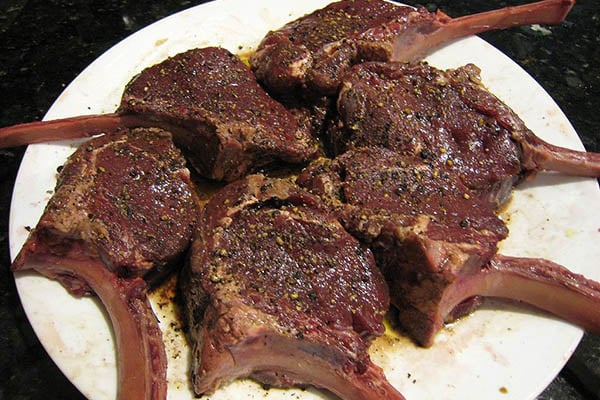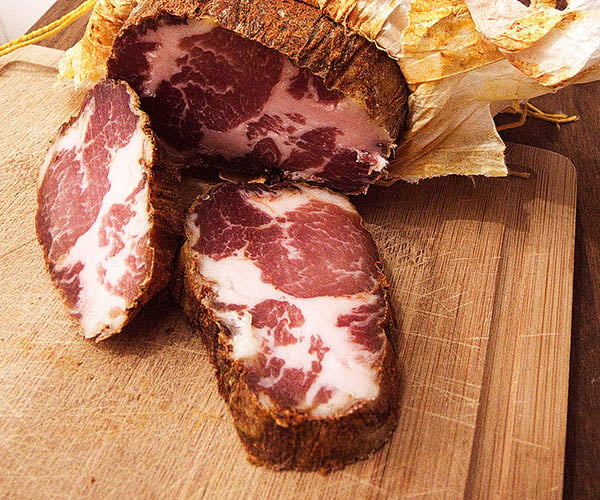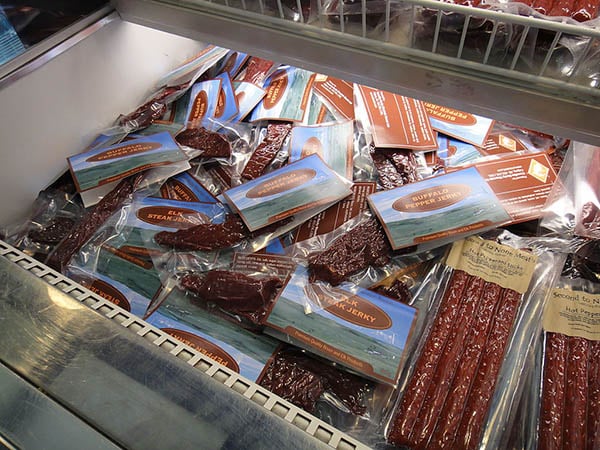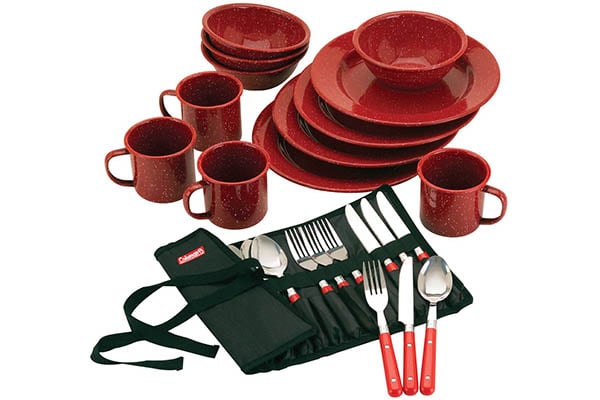Last Updated on
Showcasing and sharing game meats like venison sausage and jerky can be a highlight of the holidays, but unfortunately not everyone is able to make their own. Still, it can be a lot of fun to try something exotic with family around the holidays, and wild game meat can be just the thing to spice up a holiday. Here are some suggestions on game meats that will bring new variety to your holiday meals.
Tenderloins
You probably know the tenderloin cut from a pork tenderloin, but this is a great cut to look for in other game meats like venison, wild boar and more. The tenderloin muscle does not receive a lot of stress or hard work, which means the cut is extremely tender. Venison tenderloins are prized by hunters for this reason, and they are a popular choice for dinner to celebrate a successful hunt.
You can bring this great dish to your holiday meals, and venison tenderloins are readily available online or at local wild game butchers. The best way to prepare a venison tenderloin is either to saute it in a skillet or grill it. Venison tenderloin is best served medium rare, so make sure you don’t overcook it. If you decide to saute it, make sure you add either a rich or berry-based sauce to pour over it. Skillet tenderloins can be transferred to the oven to bake if you first saute them in a cast iron skillet. When grilled, the tenderloin is excellent when wrapped in bacon or simply served with that smoky grilled flavor. Serve it sliced on a platter with your sauce of choice or as-is with accompaniments like other meats and sides. The internal temperature of venison should be between 130 and 140 degrees when done medium rare. Venison loin should be cooked quickly vs. slow cooking, and once it is past medium rare it begins to dry out, so don’t over do it.
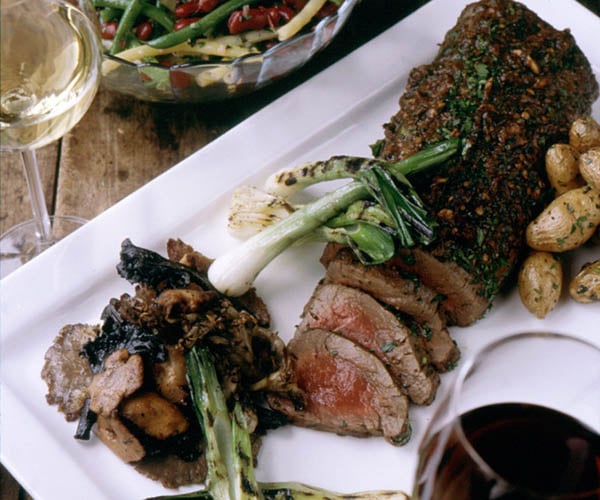
Wild boar tenderloin is prepared in similar methods to venison, but it’s internal temperature should reach 150 degrees, more than what you want your venison to read.
Sausage
Sausage is a favorite of any holiday get together, and you can serve either beef summer sausage or more exotic sausages like wild boar, venison, rabbit and more. Notice the difference from fresh and cured sausage. Fresh sausage is the combination of the meat of choice and seasonings, and it is available either loose or inside a sausage casing. Fresh sausage must remain refrigerated at all times until you cook it, and it has a shorter best-by date until it has to be frozen. Fresh sausage is great for breakfast in a skillet or on the grill. It’s hard to go wrong with fresh sausage as a casual meal, and feel free to try any interesting combination you come across. More often than not the fresh sausage you choose will taste great, although it’s probably not the best choice for a formal, sit-down holiday meal.
Cured sausage differs from fresh sausage as it is cooked or smoked at low temperatures for a long time. Preservatives are added to the sausage that enhance the flavor, kill dangerous bacteria like botulism, and turn the meat a distinct pink or red color. Safety guidelines require that cured sausage must be cooked to an internal temperature of 160 or 165 degrees depending on the meat. Most cured sausages still require refrigeration after they are cooked, but they have a much longer best-by date than fresh sausage. The exception to this is dry sausage, which can be eaten without the need for refrigeration until it is expired. Cured sausage is great as a snack fare before the main meal, and it is best when combined with other treats like cheeses, olives, pickled vegetables and more. Some cured sausage can be particularly spicy, and if your guests are not fans of spicy food, make sure you select something that is mild.
Jerky
Similar to cured sausage, wild game jerky is a great appetizer and a welcome addition around the snack table. Jerky is made from select cuts of meat, and anything that isn’t extremely fatty can be made into jerky. Bison, venison, elk, turkey and even fish like salmon can be made into jerky. Making this tasty treat requires a dehydrator, and instead of cooking the meat, moisture is extracted from the meat to help preservation. Most jerky meats have a shelf life of three months or more. If you’re not into making your own jerky, try something exotic like venison or elk for your snack table. Salmon jerky can be a great alternative, but be aware that not everyone is a fan of the sometimes “fishy” flavor that is found in fish jerky.
Rib Chops
Rib chops are a popular meal choice for the holidays, and meats like venison, elk and wild boar are great alternatives from the usual pork or lamb rib chops. You can prepare these tasty cuts one of two ways. The first is to get rib chops already cut into singular portions. For a more impressive display, consider getting a frenched rib rack. The term “frenched” refers to a popular presentation method where the bones are exposed. A cut like this contains around 8 rib chops, and you cook the rib chops together and then slice them as you serve.
Individual rib chops are best cooked in a skillet (sometimes in a cast iron skillet and transferred to the oven to finish cooking) or grilled. Rib racks are often prepared in the oven since they contain a substantial amount of meat, but they can also be grilled. Serve rib chops or a rib rack with tasty sauces just as you would with a tenderloin.
What’s your favorite wild game meat for the holidays? Share your recipes below and be sure to enjoy these savory cuts with friends this season!
Image one, two, three and four and thumb courtesy of Wikimedia Commons.
